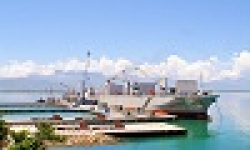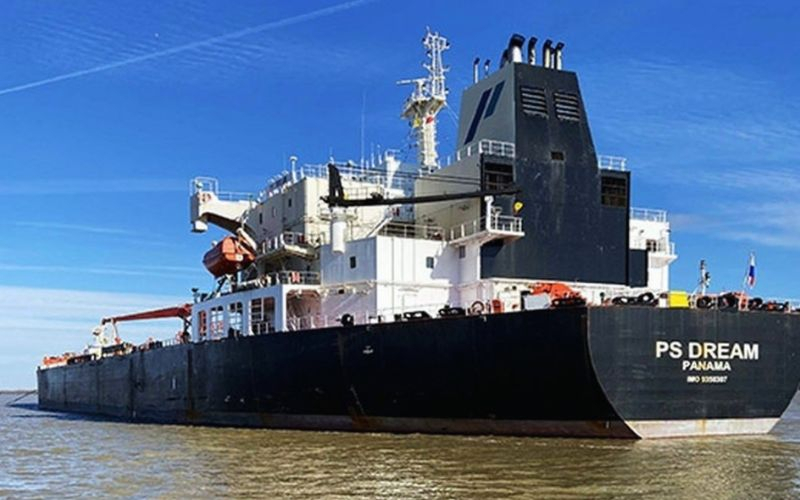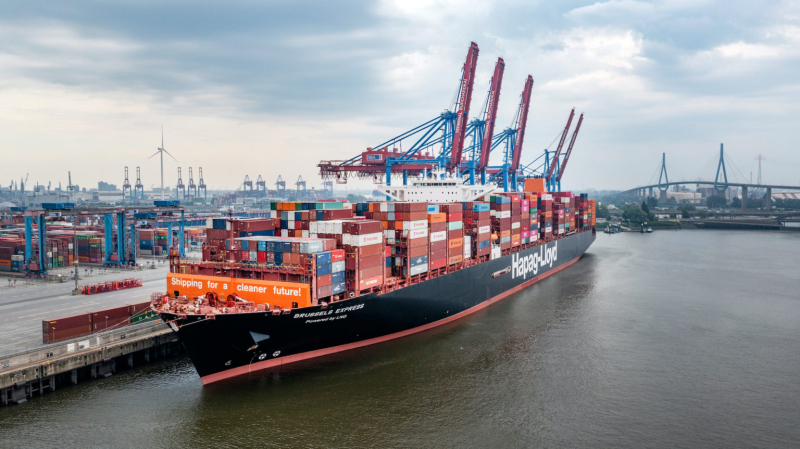RightShip, the digital maritime platform providing expertise in safety, sustainability and social responsibility practices, announced a change in its vessel inspection age trigger.
In response to evolving market conditions and continuing safety risks in the dry bulk and general cargo sectors, RightShip will implement a phased approach to require inspections of vessels at an earlier age.
This change reflects Rightship’s continued commitment to improving safety standards, reducing incidents, and promoting sustainable maritime operations, and builds on consistent customer feedback calling for vessel inspections to identify risks and propose mitigation actions.
A Two-Phased Approach to Enhanced Safety
The phased introduction of this new policy will begin on 31 March 2025:
- Phase 1 (2025): RightShip’s age trigger for inspection of Dry Bulk and General Cargo vessels will change from 14 years to 12 years, after which an annual acceptable RightShip Inspection will be required.
- Phase 2 (2026): The age threshold will be further reduced, requiring inspections for vessels aged 10 years or older.
Additionally, RightShip will require vessels with less than 8,000 DWT to undergo similar inspection making the safety standard more consistent across the global Dry Bulk and General Cargo fleet.
“Our decision to lower the inspection age from 14 to 10 years, in a phased approach, reflects the desire from stakeholders for more physical inspections of vessels to counter challenges the dry sector faces in achieving operational excellence. This change reflects our commitment to raising safety standards globally and comes at a critical time as the global dry bulk fleet now averages 14.7 years in age and will continue to rise,” explained Christopher Saunders, Chief Maritime Officer at RightShip.
He added, “Data shows there is a strong correlation between performance in a RightShip Inspection and the risk of detentions and incidents.”
This update is driven by evidence of risks with ageing vessels and is informed by extensive industry dialogue over the last 12 months, according to Rightship.
RightShip data reveals that the Dry Bulk sector lags in critical safety metrics compared to other sectors, with bulk carriers experiencing the highest incident ratio2 at 1.49%, followed by oil (0.96%) and LNG (0.89%). Fatalities are significantly more prevalent in Dry Bulk, showing a 0.42% fatality ratio, surpassing LNG and LPG vessels (0.14%). Additionally, bulk carriers have a Port State Control detention ratio4 of 4.69%, which is four times higher than that of oil tankers, highlighting the significant safety concerns associated with bulk carrier operations.
The RightShip analysis of vessel size and age indicates a strong correlation between the age of bulk carriers and increased safety risks, particularly after vessels exceed 10 years.





























